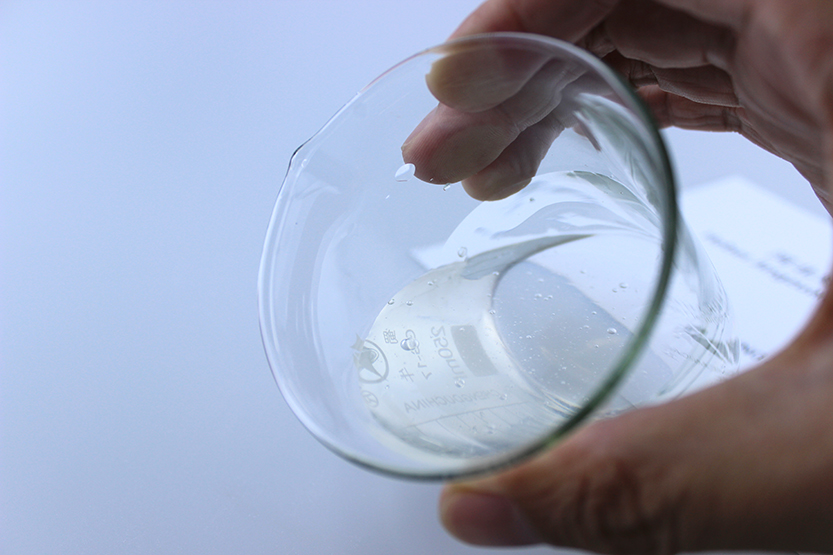
Oct . 16, 2024 06:13 Back to list
Enhancing Cement Performance with Innovative Bonding Additives for Optimized Strength and Durability
Exploring Cement Bonding Additives Enhancing Strength and Durability in Construction
Cement has long been the backbone of the construction industry, serving as a critical component in various applications such as building foundations, road infrastructures, and more. However, the durability and strength of concrete mixtures can sometimes fall short of expectations. This is where cement bonding additives come into play. In this article, we will explore what cement bonding additives are, how they function, and their benefits in modern construction practices.
Understanding Cement Bonding Additives
Cement bonding additives are chemical substances incorporated into cement formulations to improve the adhesion properties of cement-based materials. These additives work by modifying the physical and chemical properties of the cement paste, enhancing the overall performance of the concrete. Common bonding additives include polymers, silica fume, fly ash, and various organic compounds—each serving specific roles to optimize performance.
Types of Cement Bonding Additives
1. Polymer-Based Additives These are among the most popular bonding additives. Polymer emulsions are used to improve the flexibility, adhesion, and water resistance of cementitious materials. The most common types include polyvinyl acetate (PVA) and styrene-acrylic copolymers. They create a film that binds the cement particles together, improving the overall bond strength.
2. Silica Fume This is a byproduct from the production of silicon or ferrosilicon alloys. When mixed with cement, silica fume reacts with calcium hydroxide in the cement, thus enhancing the microstructure of the concrete. This results in a denser material with reduced permeability, making it more resistant to aggressive environmental conditions.
3. Fly Ash A byproduct of coal combustion, fly ash can improve the workability and durability of concrete. It also reduces the heat of hydration, making it an excellent additive for large pours or when working in hot weather conditions.
4. Chemical Additives These include superplasticizers, retarders, and accelerators. Superplasticizers improve fluidity without increasing water content, while retarders slow down the curing process—both of which enhance the bonding properties of cement mixtures.
cement bonding additive

Benefits of Using Cement Bonding Additives
1. Improved Adhesion The primary function of bonding additives is to enhance the adhesion between different materials. This is especially crucial in layered applications, such as tiling over concrete. Improved adhesion minimizes the risk of delamination and ensures longevity in the structure.
2. Enhanced Durability Utilizing cement bonding additives can significantly increase the lifespan of concrete structures. Improved resistance to water penetration, freeze-thaw cycles, and chemical attack helps maintain the integrity of the material over time.
3. Increased Workability Additives can modify the flow characteristics of concrete, making it easier to work with during application. This is particularly beneficial in scenarios where consistency and smooth application are critical.
4. Cost-Effectiveness By improving durability and reducing the need for repairs or replacements, cement bonding additives can lead to long-term cost savings. Investing in quality additives can mitigate future expenses associated with maintenance and reconstruction.
5. Environmentally Friendly Options Many modern bonding additives come from industrial byproducts, such as fly ash and silica fume. Utilizing these materials not only enhances concrete performance but also promotes sustainability within the construction industry.
Conclusion
Cement bonding additives are a pivotal aspect of modern construction, providing critical enhancements to the strength, durability, and overall performance of concrete. As the construction industry continues to evolve, the reliance on innovative materials and techniques will only grow. By incorporating cement bonding additives into concrete formulations, builders can ensure that structures are not only robust but also equipped to withstand the challenges of time and the elements. As such, these additives represent a significant advancement in ensuring the longevity and effectiveness of our built environment.
-
Versatile Hpmc Uses in Different Industries
NewsJun.19,2025
-
Redispersible Powder's Role in Enhancing Durability of Construction Products
NewsJun.19,2025
-
Hydroxyethyl Cellulose Applications Driving Green Industrial Processes
NewsJun.19,2025
-
Exploring Different Redispersible Polymer Powder
NewsJun.19,2025
-
Choosing the Right Mortar Bonding Agent
NewsJun.19,2025
-
Applications and Significance of China Hpmc in Modern Industries
NewsJun.19,2025







